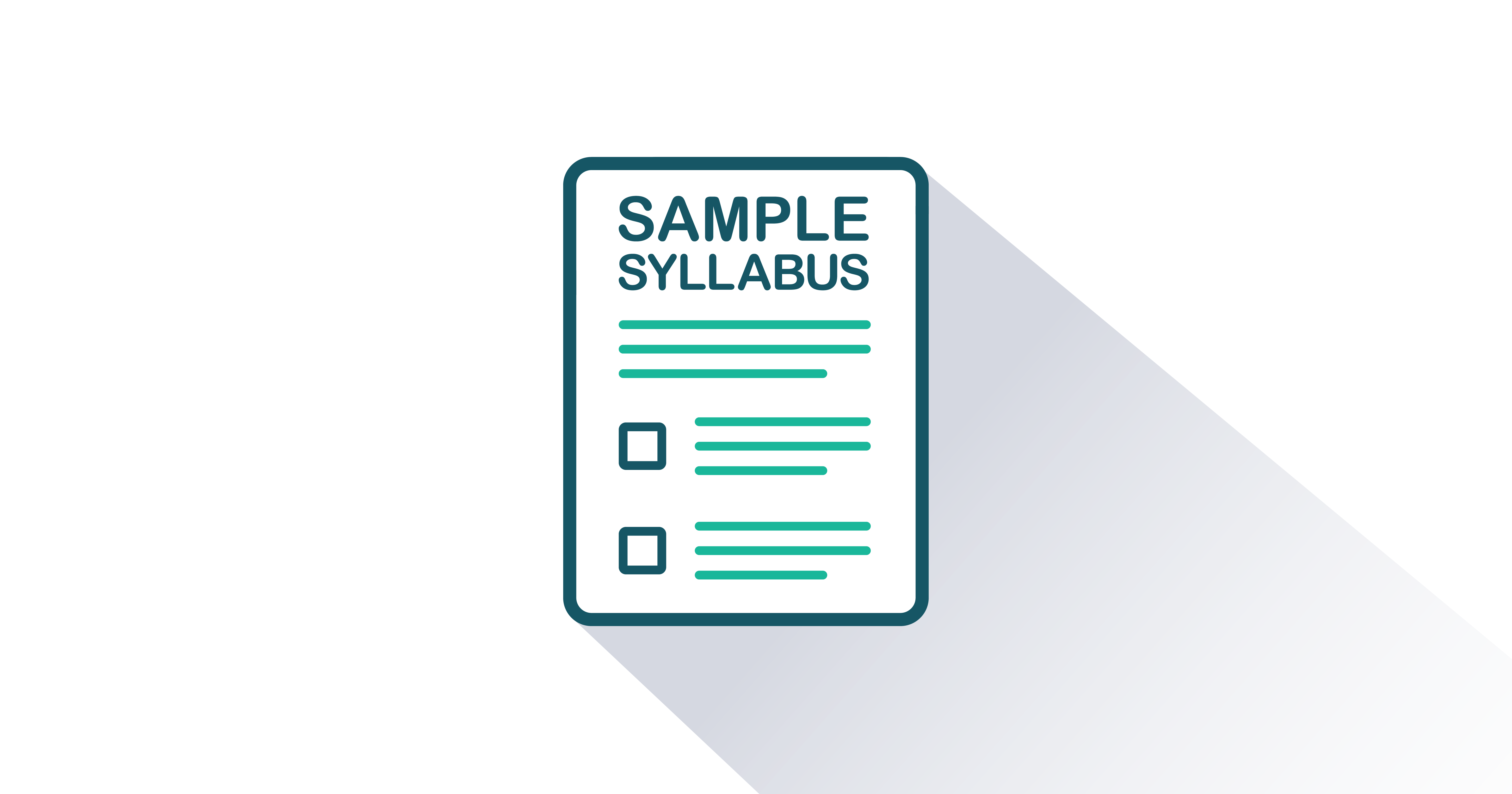This textbook is suitable for the following courses: One-semester General, Organic, and Biological Chemistry courses.
The Basics of General, Organic, and Biological Chemistry is a comprehensive introductory textbook for a one-semester course. Written by three specialists, the authors cover all of the expected topics in a short and succinct manner. The text focuses on covering the fundamentals and leaving out the extraneous.
New in This Version
- Discussion of elements and periodic table updated to allow for new elements
- Integration of organic and biochemistry, resulting in a text that is easier to cover in one semester
- Chapter on basic skills (math, units, and conversion factors) now appears in the appendix
- Additional fundamental organic chemistry topics introduced earlier in the pedagogy
- New exercises added and others modified

FlatWorld Homework
FlatWorld Homework includes multi-format questions written specifically for your FlatWorld book, which you can access through our stand-alone interface or integrate with your learning management system.
Request a demo

Instructor’s Manual
The Instructor Manual guides you through the main concepts of each chapter and important elements such as learning objectives, key terms, and key takeaways. Can include answers to chapter exercises, group activity suggestions, and discussion questions.

PowerPoint Lecture Notes
A PowerPoint presentation highlighting key learning objectives and the main concepts for each chapter are available for you to use in your classroom. You can either cut and paste sections or use the presentation as a whole.

PowerPoint Image Library
All of the images and figures in this book are included in the PowerPoint Image Library. Arranged in the order of the text, you can use them as is, or you can cut and paste the images as you need them for an enhanced classroom presentation.

Test Bank Files for Import to Learning Management Systems
For your convenience, we've packaged our test items for easy import into Learning Management Systems like Blackboard, Brightspace/D2L, Canvas, Moodle, or Respondus.

Solutions Manual
For exercises that need a little more explanation, our Solutions Manual will take you step by step through solving the problem and offer explanations on the answer.

Test Item File
Need assistance in supplementing your quizzes and tests? Our test-item files (in Word format) contain many multiple-choice, fill-in-the-blank, and short-answer questions.

Sample Syllabi
Sample syllabi provide useful templates to help new faculty adopters revise their teaching plans to match their assigned FlatWorld textbook or lend insights to existing adopters on how to organize their classes.
Download
Other Supplements
Solutions manuals, sample exams, video learning segments, workbooks, cases and lab manuals are just some of the extras our books will offer depending on the needs of the course. Click here to see what this textbook offers.
At FlatWorld, we take pride in providing a range of high-quality supplements alongside our titles, to help instructors teach effectively. Supplements are available for instructors who have registered their adoption with us. If you need to review or preview something specific, please contact us.
Already registered? Sign in here
John W. Hill University of Wisconsin - River Falls
Rhonda J. Scott Southern Adventist University
Additions & Errata
- The fundamental definition of the kilogram unit is changing, effective May 2019. Therefore, in Appendix A, section 6, the following changes were made:
- New Figure A.8 caption: The historical standard for the kilogram had been a platinum-iridium cylinder kept in a special vault in France. This will change in 2019.
- Edited paragraph: The size of each base unit is defined by international convention. For example, the kilogram had been defined as the quantity of mass of a special metal cylinder kept in a vault in France. In late 2018, however, an international committee changed the definition of the kilogram to base it on the value of some fundamental universal constants, rather than an object. The change becomes effective in May 2019. For most purposes, the change makes no significant difference, but for some very precise measurements there can be small variations in mass values.
- Answer number 1 in Section 7.1 was changed from "Polar and nonpolar covalent bonding, ionic bonding, dispersion forces, dipole-dipole interactions, and hydrogen bonding" to "Ionic interactions, dispersion forces, dipole-dipole interactions, and hydrogen bonding." on July 29, 2019.
- The phrase, "in terms of temperature" in Section 7.1 was changed to "as measured by temperature" on July 29, 2019.
- Added a "-" sign to the second "I" in the answer for Concept Review Exercise #2 in Chapter 3 Section 2.
- Changed "sex-change operations" to "sex reassignment surgeries" in Chapter 13, Section 4 (5/5/21)

